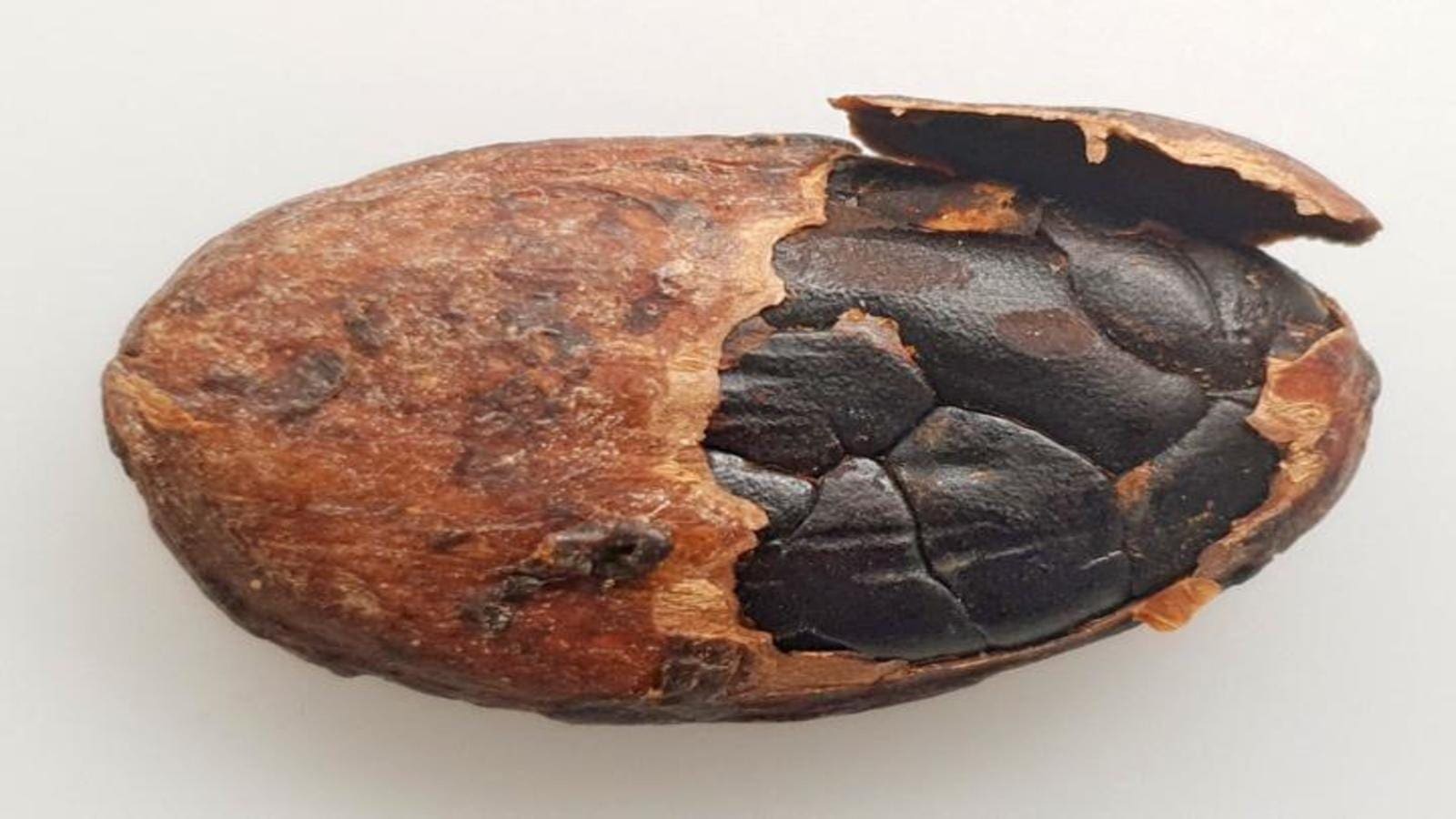GERMANY – Key odorants that chiefly contribute to off-flavors in fermented cocoa have been identified by researchers, making it easier for chocolate companies to objectively assess the sensory quality of fermented cocoa based on odorant concentrations.
In the research, the researchers identified Geosimin and 3-methyl-1H- indole to be the main compounds contributing to off-flavours in fermented cocoa.
Additionally, the researchers have established maximum concentration levels to avoid the incorporation of cocoa that smells musty, moldy, smoky or like horse dung into food production.
According to the researchers, Geosimin – which is presumably of bacterial origin – has a musty, earthy smell reminiscent of beetroot.
They recommended a maximum tolerable concentration for the off-flavor substance geosmin of 1.6 μg per kg of fermented cocoa.
For fecal, mothball-like smelling 3-methyl-1H-indole, the researchers recommend a limit of 1.1 μg per kg of fermented cocoa.
The research team’s findings also show that about 40 to 65 percent of total geosmin is found in the seed coat (testa) of fermented cocoa beans. In contrast, the off-flavor substance 3-methyl-1H-indole was predominantly found inside the beans.
“The uneven distribution of the two odorants between the seed coat and the embryo is another important aspect that chocolate manufacturers should consider when testing fermented cocoa,” says Martin Steinhaus, a food chemist who led the team of researchers.
“At the moment, we do not know how much geosmin is transferred from the shells into the embryo during the roasting process. Therefore, it might be reasonable to remove the seed coats before roasting rather than after roasting.”
The research has an important bearing on the cocoa industry as off-flavors in cocoa can be a major challenge and until now, they could only be detected by a trained sensory panel.
“Previously, there was no approach to objectively evaluate off-flavors in cocoa on the basis of the concentrations of the causative odorants,” note the researchers from the Leibniz Institute for Food Systems Biology at the Technical University of Munich who identified the odorants.
The food industry can now use the results published in the Journal of Agricultural and Food Chemistry to objectively assess the sensory quality of fermented cocoa based on odorant concentrations.
Identifying off-flavored cocoa batches during the incoming goods inspection can help enterprises of any size avoid economic damage early on.
Liked this article? Subscribe to Food Business Africa News, our regular email newsletters with the latest news insights from Africa and the World’s food and agro industry. SUBSCRIBE HERE










